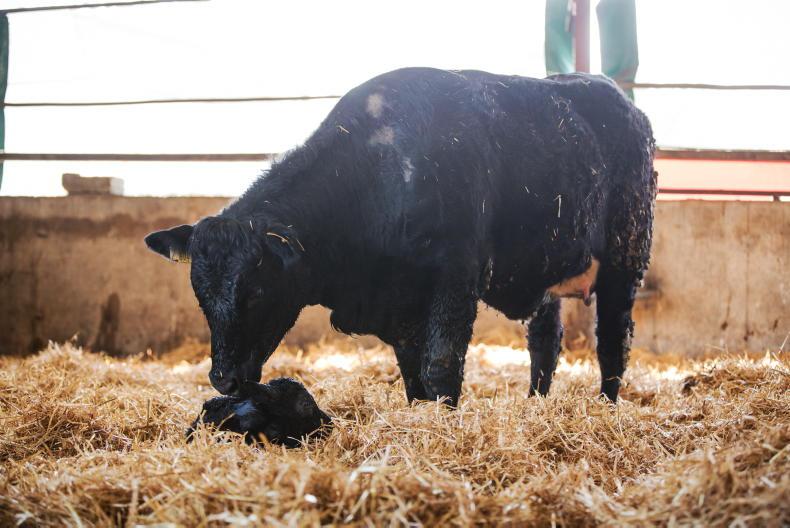The latest bovine viral diarrhoea (BVD) national eradication programme results update shows conflicting fortunes.
The number of calves identified with an initial positive or inconclusive result without a negative retest result is running at 297 up to week 15.
This is 75 calves higher than the corresponding 15-week period in 2022 and represents 0.02% of the 1,378,162 calves tested to date in 2023.
While the number of BVD-positive calves is trending in the wrong direction, the number of herds where calves have been identified has thankfully recorded some improvement.
The number of herds with positive or inconclusive calves has been recorded at 89 herds, compared with 123 herds in the corresponding period in 2022. The reduced number of herds obviously shows bigger issues in individual herds.
Improvement
The figure of 89 herds corresponds to 0.02% of herds and it is vital that the number of infected herds and calves is improved upon over the course of the year.
For Ireland to have any hope of achieving BVD-free status and moving away from mandatory tissue-tag sampling, then the country has to achieve lofty standards.
Under the requirements of EU animal health law, Ireland must achieve an 18-month period without the disclosure of a confirmed BVD persistently infected animal, with 99.8% of cattle establishments BVD-free, accounting for 99.9% of the bovine population.
Empty tags
The number of empty tissue samples submitted for analysis is running at 12,699 samples.
This is 0.92% of all samples and while it is still running ahead of the 12,194 empty samples received in the corresponding period in 2022, the number of empty samples recorded in recent weeks has slowed significantly.
The number of herds possessing negative herd status is running at 76,975 herds, compared with 77,984 herds in 2022.






 This is a subscriber-only article
This is a subscriber-only article










SHARING OPTIONS: